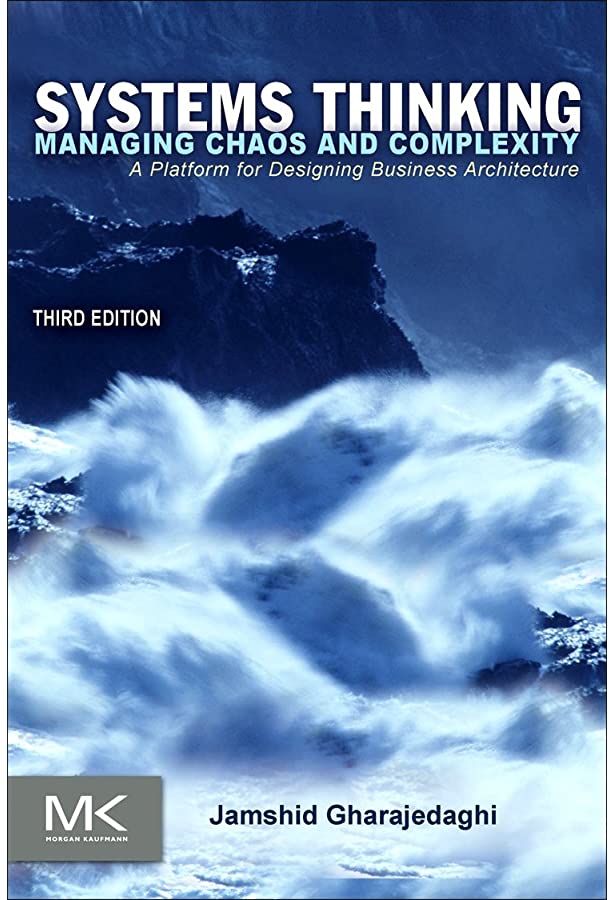API Design Tooling
This article is a part of the API Design series, where I will review several API design tools and summarize my experiences. There are the following criteria I use in selecting and evaluating the tools:
- it is free: either open source or a free plan of a paid product
- out-of-the-box functionality is considered only: no plugins
- both web and desktop products are considered
- it allows designing REST API definition in OpenAPI 3.x with JSON/YAML (low-code), UI means (no-code), or a combination of both
- code generation functionality is not required as there are several 3rd party libraries to do that
I am not promoting, just expressing my honest opinion. But I might have my favorites. Also, I will describe these tools at the moment of December 2022.




